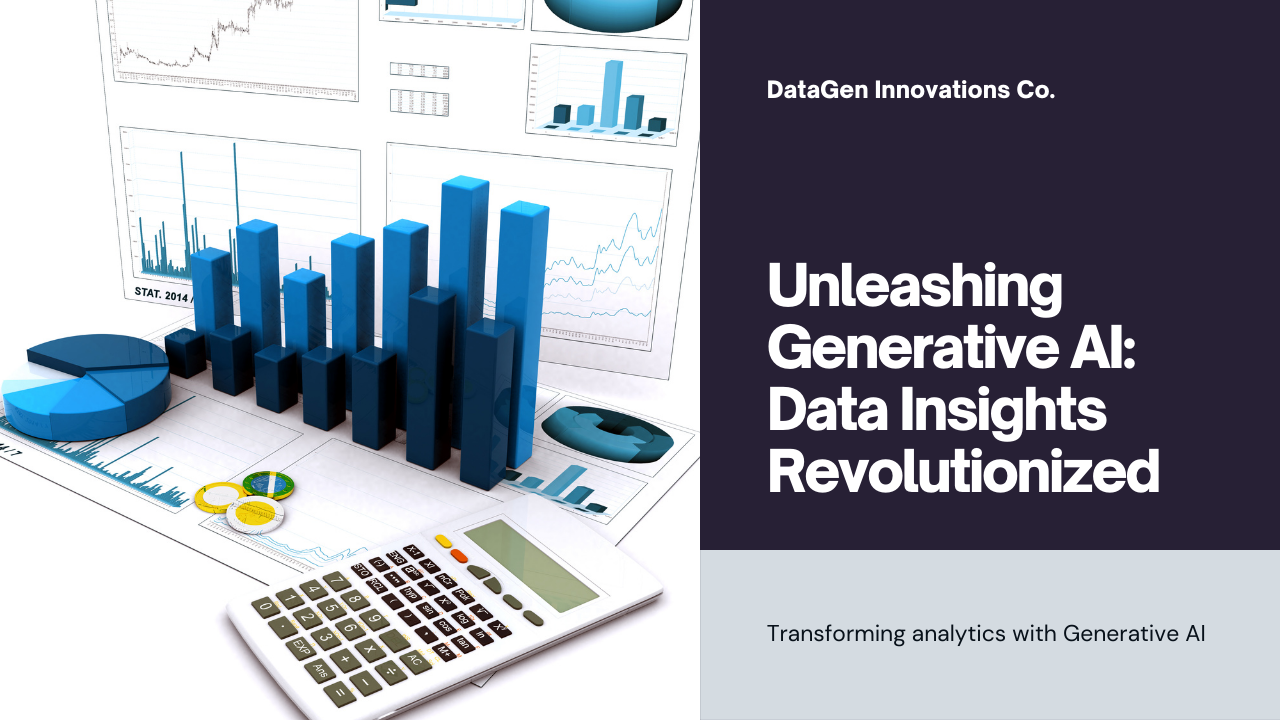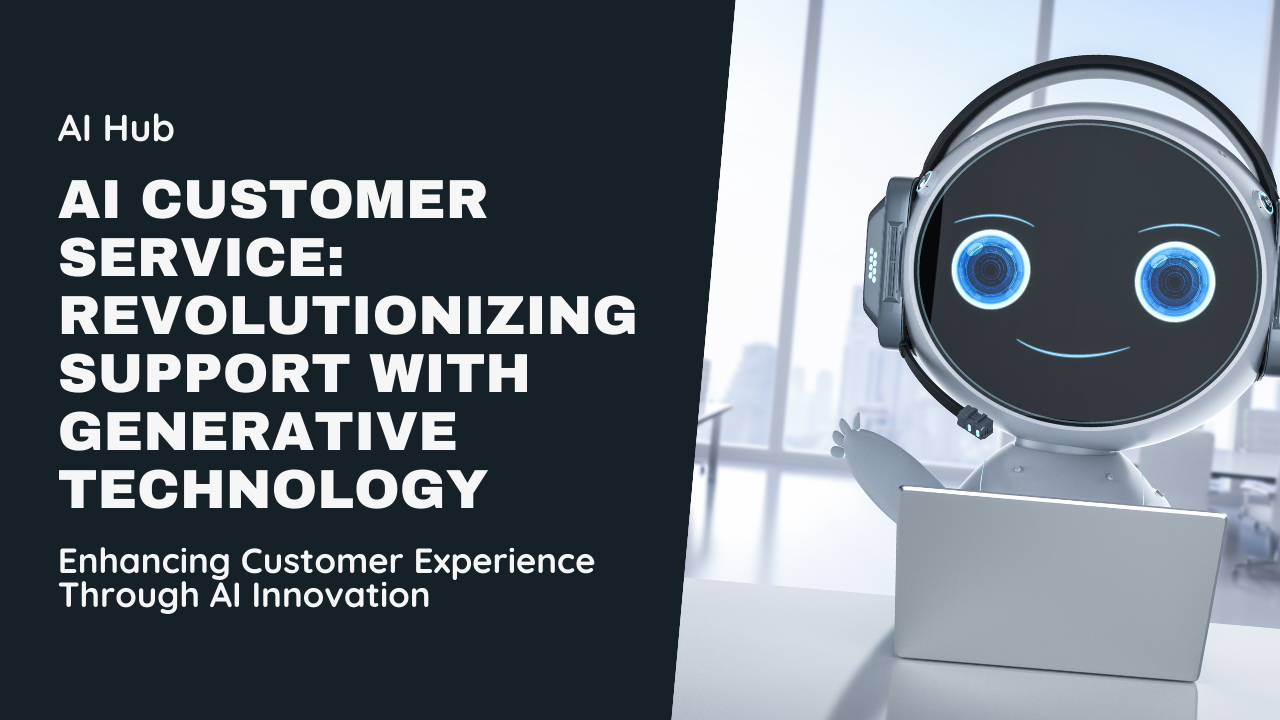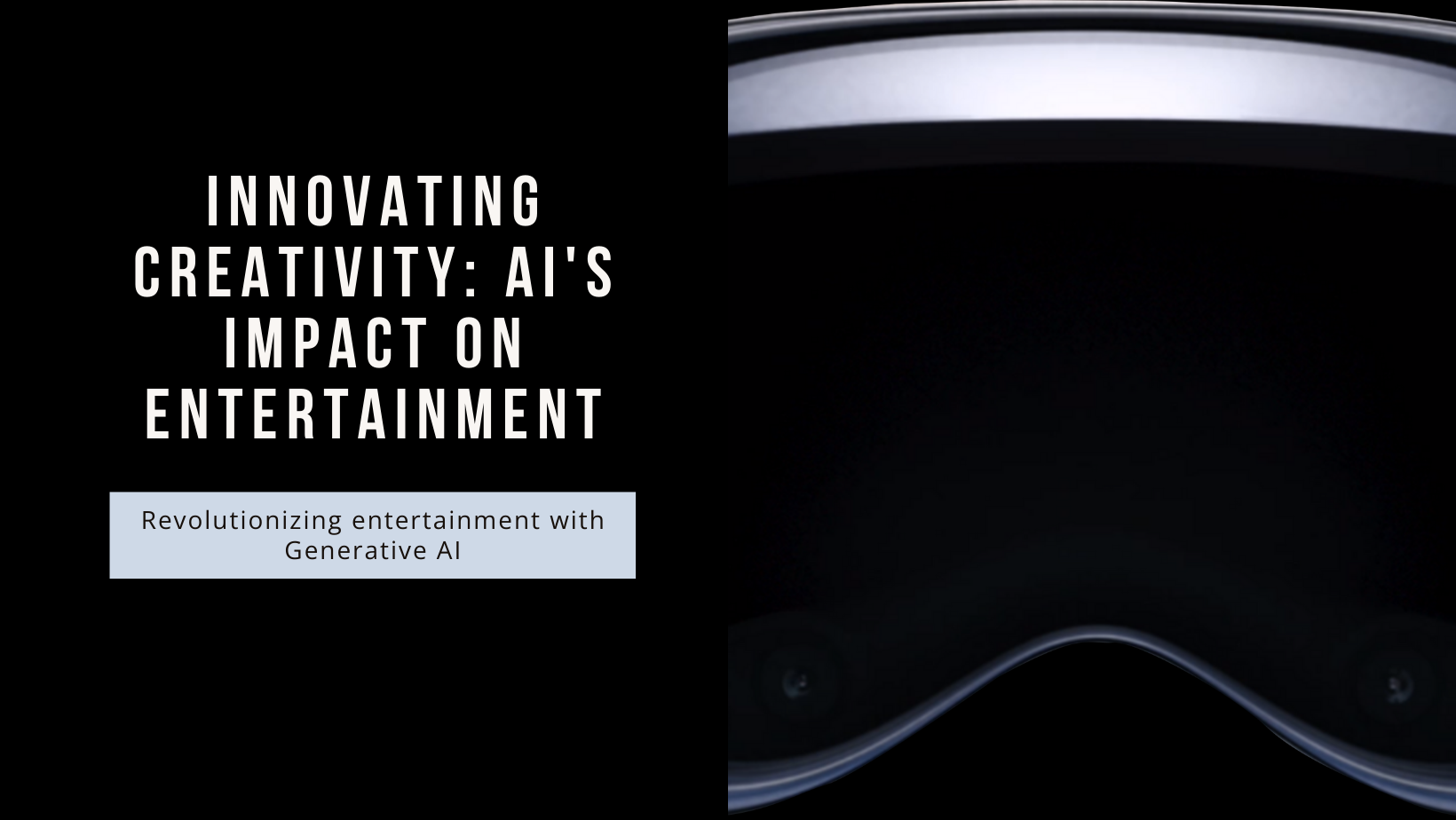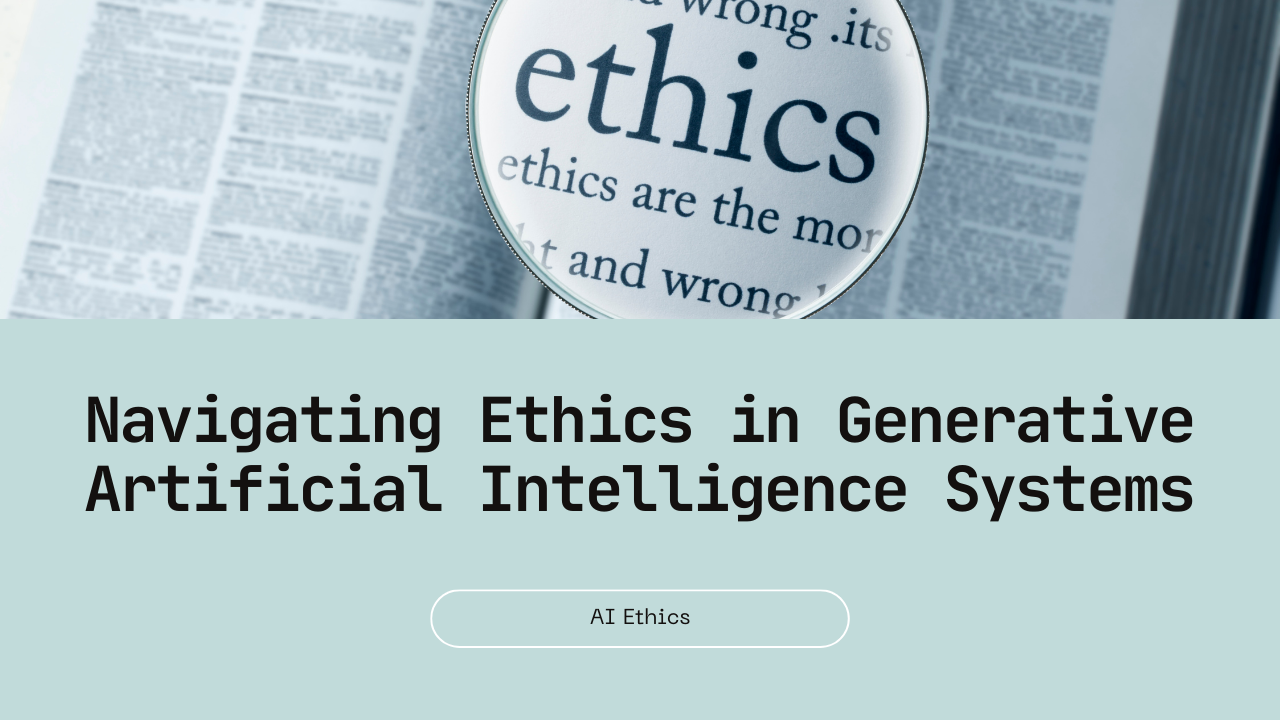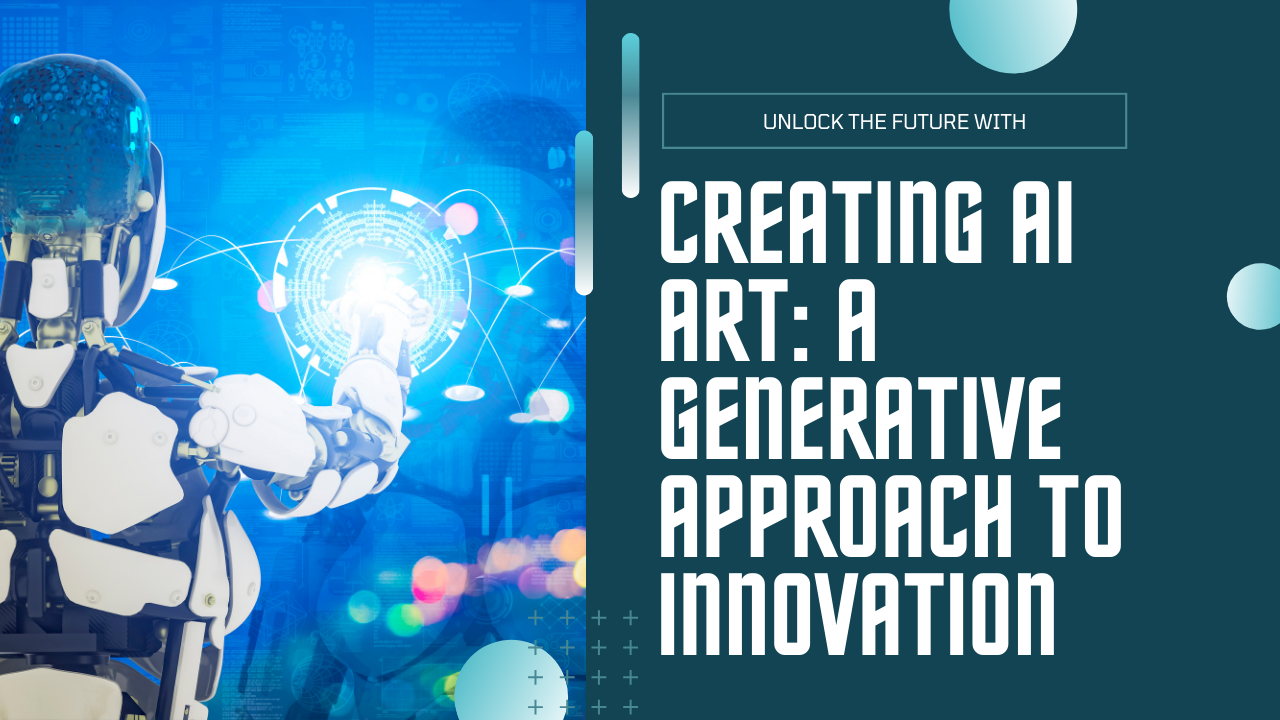Introduction: Artificial Intelligence (AI) is reshaping industries across the globe, and education is no exception. As AI technologies continue to evolve, they hold the promise of transforming traditional educational paradigms, enhancing learning experiences, and personalizing education for students of all ages. This blog explores the potential impact of AI on education, highlighting current trends, future possibilities, and the benefits of integrating AI-driven solutions in classrooms and beyond.
Current Applications of AI in Education: AI is already making significant strides in education, revolutionizing how students learn, teachers instruct, and educational institutions operate. From intelligent tutoring systems and personalized learning platforms to automated grading and administrative support, AI technologies are streamlining processes, improving educational outcomes, and fostering a more inclusive learning environment. The following sections delve into key areas where AI is poised to shape the future of education.
1. Personalized Learning Experiences: One of the most promising aspects of AI in education is its ability to personalize learning experiences based on individual student needs and learning styles. AI-powered adaptive learning platforms analyze student performance data, identify strengths and weaknesses, and deliver customized learning paths and resources. By tailoring educational content and pacing to each student’s unique abilities and preferences, AI promotes engagement, improves retention rates, and enhances overall learning outcomes.
2. Intelligent Tutoring and Virtual Assistants: AI-driven intelligent tutoring systems emulate human tutors by providing real-time feedback, answering student questions, and adapting instructional strategies based on student responses. Virtual assistants powered by natural language processing (NLP) help students navigate coursework, retrieve information, and facilitate interactive learning experiences through voice commands and chat interfaces. These AI applications augment traditional teaching methods, offer personalized support, and foster independent learning among students.
3. Automated Assessment and Grading: AI technologies automate tedious administrative tasks such as grading assignments, analyzing essays, and assessing student performance. Natural language processing algorithms evaluate written responses for grammar, coherence, and content relevance, providing instant feedback to students and reducing teachers’ workload. Machine learning models identify patterns in student responses, detect plagiarism, and generate actionable insights to guide instructional decisions, ensuring fair and consistent evaluation practices.
4. Enhancing Teacher Efficiency and Support: AI tools empower educators by automating routine administrative tasks, generating data-driven insights, and facilitating instructional planning. AI-powered analytics platforms analyze student data trends, identify at-risk students, and recommend personalized interventions to improve academic outcomes. Virtual classrooms equipped with AI technologies enable teachers to conduct interactive lessons, collaborate with remote students, and monitor individual progress in real time, fostering a collaborative and inclusive learning environment.
5. Augmented Reality (AR) and Virtual Reality (VR) in Education: AR and VR technologies enhanced by AI offer immersive educational experiences that transcend traditional classroom boundaries. AI algorithms personalize AR/VR simulations to align with individual learning objectives, simulate real-world scenarios, and enhance student engagement through interactive storytelling and experiential learning. Virtual laboratories, historical reconstructions, and virtual field trips powered by AI-driven content generation redefine hands-on learning, making complex concepts more accessible and engaging for students.
6. Ethical Considerations and Data Privacy: As AI adoption in education accelerates, ethical considerations surrounding data privacy, algorithmic bias, and equitable access to AI-driven resources become increasingly important. Educational institutions must prioritize transparent data practices, uphold student privacy rights, and mitigate biases in AI algorithms to ensure fair and inclusive learning environments. Compliance with data protection regulations and ethical guidelines fosters trust among stakeholders and promotes responsible AI deployment in education.
Future Trends and Opportunities: Looking ahead, the future of AI in education holds immense potential for innovation, collaboration, and continuous improvement. Advances in AI technologies such as natural language understanding, predictive analytics, and emotional intelligence are expected to further enhance personalized learning experiences, automate administrative tasks, and empower educators with actionable insights to support student success. By embracing AI-driven solutions, educational stakeholders can unlock new possibilities for lifelong learning, skills development, and global collaboration in the digital age.
Conclusion: In conclusion, AI is poised to revolutionize education by personalizing learning experiences, enhancing teacher effectiveness, and expanding access to quality education worldwide. As AI technologies continue to evolve, their integration in classrooms and educational institutions offers transformative opportunities to improve learning outcomes, foster innovation, and prepare students for future challenges in a rapidly changing world.


